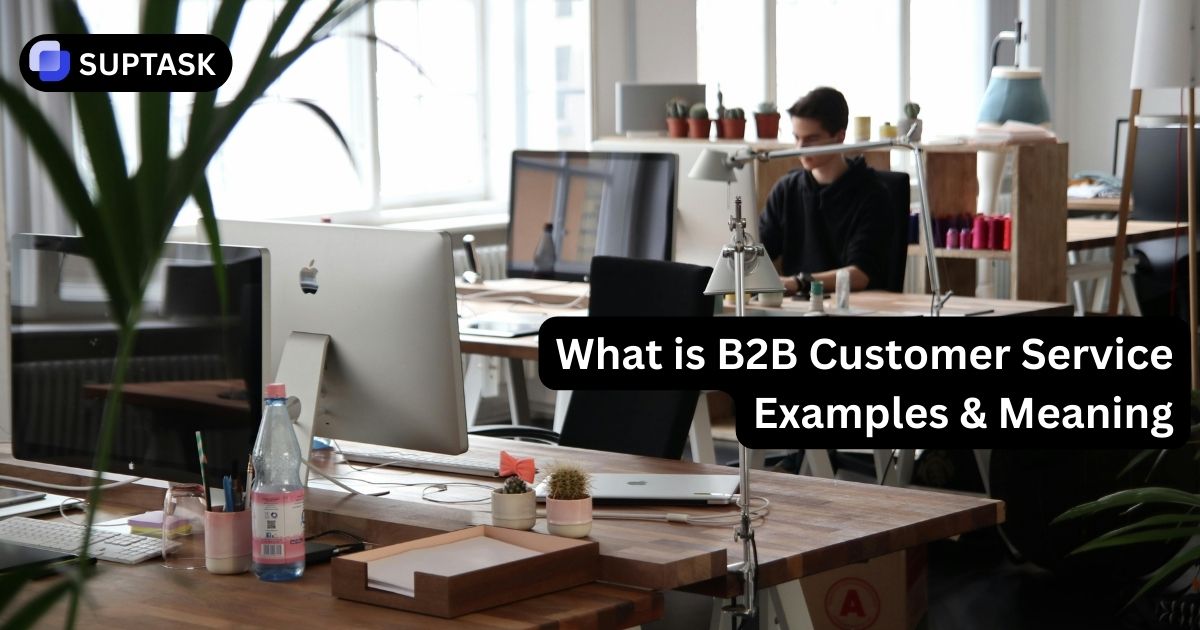Conflict in the workplace is unavoidable. How we tackle and resolve such disagreements is crucial. Conflict resolution within a work setting refers to the skilled approach of managing differences and devising resolutions that achieve collective endorsement while preserving harmony among colleagues.
This piece guides grasping the subtle complexities of conflict resolution and its significance in promoting cooperative achievement.
Key Takeaways
- Conflict resolution in the workplace involves a proactive and collaborative approach to managing disputes. It focuses on open communication, common ground, and a mutually beneficial solution that addresses the root causes of discord.
- Early identification and understanding of conflicts are crucial, including recognizing the signs and common causes, which range from leadership styles and personality clashes to external pressures and internal dynamics.
- Effective conflict resolution techniques include active listening, transparent and constructive communication, problem-solving, and negotiation, which may be enhanced through conflict resolution training and resources like the Conflict Resolution Network.
The Essence of Conflict Resolution
.webp)
Within the complex dance of workplace relationships, the art of conflict resolution acts as a masterful director and a huge pro, steering all participants toward an ensemble that weaves together efficiency and serenity.
This isn’t limited to simply pacifying fleeting disagreements. Instead, it encompasses a continuous endeavor to cultivate a milieu where every contribution resonates in unity with the group’s collaborative melody.
Imagine an environment where conflict intervention is approached not just as an afterthought but embraced proactively—a determined intervention that sustains and nurtures the cadence of positive work dynamics while enhancing collegial bonds.
Defining Conflict Resolution
At the essence of conflict resolution lies a collaborative method involving all parties in devising an acceptable and beneficial agreement for everyone involved. This strategy shifts focus away from assigning blame, centering instead on activities such as:
- Getting to the root issues causing disagreement by understanding and addressing them
- Facilitating transparent and forthright dialogue
- Identifying shared objectives leading to win-win outcomes
- Showing consideration for and appreciation of each party’s viewpoints and necessities
Employing this method allows for effective conflict management, which aids in diminishing conflicts by seeking out overarching goals that serve everyone’s interests.
This procedure emphasizes collective effort and esteem. It establishes a platform where every participant adds value through conversation, assuring a short-term solution and fostering enduring harmony.
The Impact of Unresolved Conflicts
Allowing conflicts to fester in the background can create a dark overhang within the workplace, weakening productivity and team unity. If these issues are not addressed, they can escalate into more significant problems that undermine morale, fuel discontent, and stress crucial relationships fundamental to the business’s framework.
The consequent waves of dissatisfaction can touch every part of work life and potentially result in repercussions for customer confidence and the organization’s brand reputation. Surveys have consistently revealed that stress linked to conflict ranks among employees’ primary worries.
Identifying the Root Cause of Conflicts
To become proficient in conflict resolution, it is essential to identify and understand the deeper layers of dissatisfaction that may be concealed within everyday exchanges.
This demands an acute ability to engage in active listening, sensitively tuned into the underlying currents of unspoken feelings and principles.
Once we have pinpointed the root causes, we can illuminate a route to agreement. Crafting transparent objectives and limits provides a solid foundation for amicable resolutions.
Recognizing the Signs of Conflict
To avoid escalating conflicts into outright clashes, it is essential to remain alert to early indicators—those inharmonious signals that foretell potential strife. Changes within a team’s structure or dynamics, such as integrating new members or emerging personality differences, commonly signal the beginning stages of conflict.
Past tensions between two parties, whether groups, individual team members, or departments, can foreshadow upcoming conflicts. Recognizing these historical grievances underscores the importance of prompt intervention to prevent discord.
Common Causes of Workplace Conflicts
A multitude of elements frequently contribute to confrontations within the complex fabric of the workplace environment. A lack of unified direction from leadership or management styles that clash with employee personalities is often at the root of workplace conflict.
Actions and behaviors that create friction, including heated exchanges or explicit aggression, have the potential to amplify into substantial conflicts.
It is important not to discount external influences and internal dynamics—situational factors that hold the capacity to disrupt the finely tuned equilibrium within a professional setting.
Key Conflict Resolution Techniques
.webp)
Identifying the potential for conflict is just the first step. It becomes essential to orchestrate a resolution with expertise and care.
An array of techniques is designed for practical problem-solving, all unified by their proactive approach, intentional actions, and dedication to finding a solution with multiple benefits.
These methods range from employing active listening skills that demonstrate empathy and understanding to establishing clear communication pathways and strategically navigating negotiation processes. These tactics are critical tools in fostering peace within the workplace environment.
Active Listening
Active listening in the workplace is akin to a harmonious melody that enables us to capture the subtleties of every point of view.
This complex ability extends beyond mere hearing. It’s about genuinely comprehending—affirming the emotions conveyed by the speaker and considering their statements thoroughly so that the core meaning remains intact during communication.
Listening actively with empathy and esteem can ease tensions and foster an environment conducive to constructive conversations rather than defensive exchanges.
Effective Communication
Effective conflict resolution hinges on the ability to communicate clearly and constructively. This includes:
- Clearly expressing feelings and ideas while being transparent
- Creating an environment that cultivates mutual respect
- Engaging honestly and collaboratively, putting all issues forward openly
- Clarifying misunderstandings promptly
- Strengthening the fabric of cooperative relationships
Far from merely addressing immediate disputes, this competency is an integral part of a company’s functioning. It guarantees that every team member is in sync, moving collectively towards the organization's shared goals.
Problem Solving and Negotiation
Negotiation and problem-solving often resemble a nuanced ballet, where the objective transcends mere dominance. Instead, it aims to achieve a symphony of agreement that all parties can embrace.
The ambition is to distill collective harmonies within the discord, thus establishing a basis for resolutions that are not merely tolerable but actively embraced.
In pursuit of such outcomes, employing methods like ‘5 Whys’ and the Fishbone Diagram becomes instrumental in pinpointing fundamental causes behind conflicts. Such strategies pave the way for inventive solutions that tackle an expansive array of deep-seated concerns.
- To gain a better work experience with ticket solving and tracking, try the free version of Suptask.
Conflict Prevention Strategies
Addressing conflicts before they emerge is essential for preserving a workplace conducive to productivity rather than contention. By adopting proactive approaches that reduce the likelihood of disagreements, we lay the groundwork for an organizational culture characterized by peace.
We are equipped to deal with potential confrontations through diplomatic means. Measures worth considering include:
- Facilitating transparent communication and attentive listening
- Cultivating an environment where respect and understanding thrive
- Providing access to conflict resolution education and tools
- Setting explicit standards and rules governing conduct
- Tackling disputes swiftly and straightforwardly
- Fostering cooperative efforts among team members
- Acknowledging individuals who demonstrate commendable abilities in resolving conflicts
Incorporating such strategies ensures the cultivation of a collaborative, efficient work setting.
Fostering a Positive Work Culture
A constructive workplace atmosphere is the foundation for averting conflict. This type of culture fosters an environment where respect, common objectives, and a feeling of community thrive—key components in avoiding potential conflicts.
By engaging in diversity education and fostering transparent communication, we can develop an appreciation that goes beyond individual prejudices and cultural differences, thus preventing conflicts before they have the chance to emerge.
Setting Clear Expectations and Boundaries
In the realm of work, clarity serves as a guiding light that ensures safe passage through the potential haze of confusion that can give rise to conflict. When roles, responsibilities, and standards for conduct are clearly defined, misunderstandings can be avoided.
A detailed manual is essential to guarantee that every member within an organization is aligned and moving in concert toward shared goals.
This document should outline all relevant policies and procedures, serving as a blueprint for organizational harmony and unified pursuit of objectives.
Frequently Asked Questions
What are the 5 conflict resolution strategies?
There are five distinct strategies for conflict resolution: avoiding conflict, seeking to defeat the opposing side, striving for a compromise, accommodating others’ needs, and pursuing collaboration.
Each approach provides an alternative method for addressing conflicts and is applicable across different scenarios.
What is conflict resolution in the workplace?
In the workplace, resolving conflicts entails concluding disputes and attaining settlements that appease every party involved. It recognizes conflict as an inherent element of human interaction.
Rather than trying to circumvent disagreements, proficient conflict resolution seeks to end them satisfactorily for all parties concerned.
What is the first step in resolving workplace conflict?
Actively engaging in listening and grasping the foundational issues that lead to dissatisfaction and disputes is a critical initial move toward addressing conflict within the workplace, as this approach aids in pinpointing the root source of such disagreements.
How can a mediator help in conflict resolution?
In conflict resolution, a mediator plays an essential role by promoting candid conversation, preserving professional interactions, and achieving an agreeable settlement for all parties involved.
What are the critical skills necessary for effective conflict resolution?
Effective conflict resolution hinges on possessing specific critical skills, such as the capacity for active listening, precise and transparent communication, adept problem-solving abilities, proficient negotiation techniques, and maintaining calm amid disputes.
These competencies are vital in achieving successful outcomes across many conflict scenarios.













